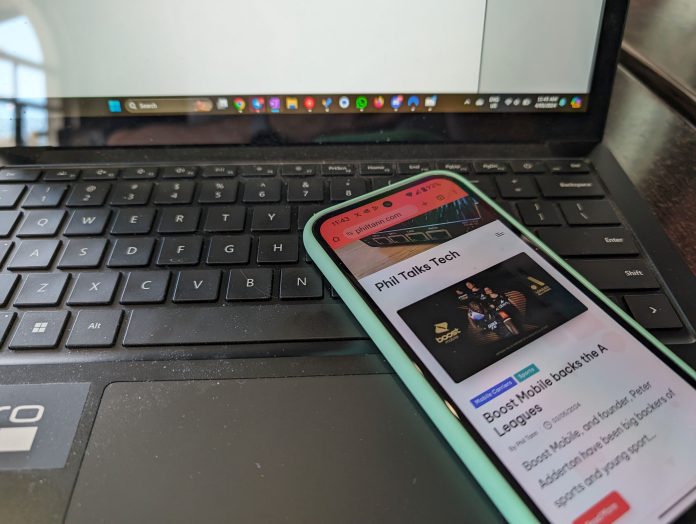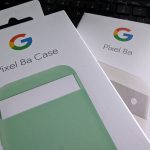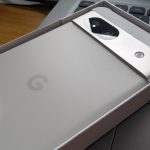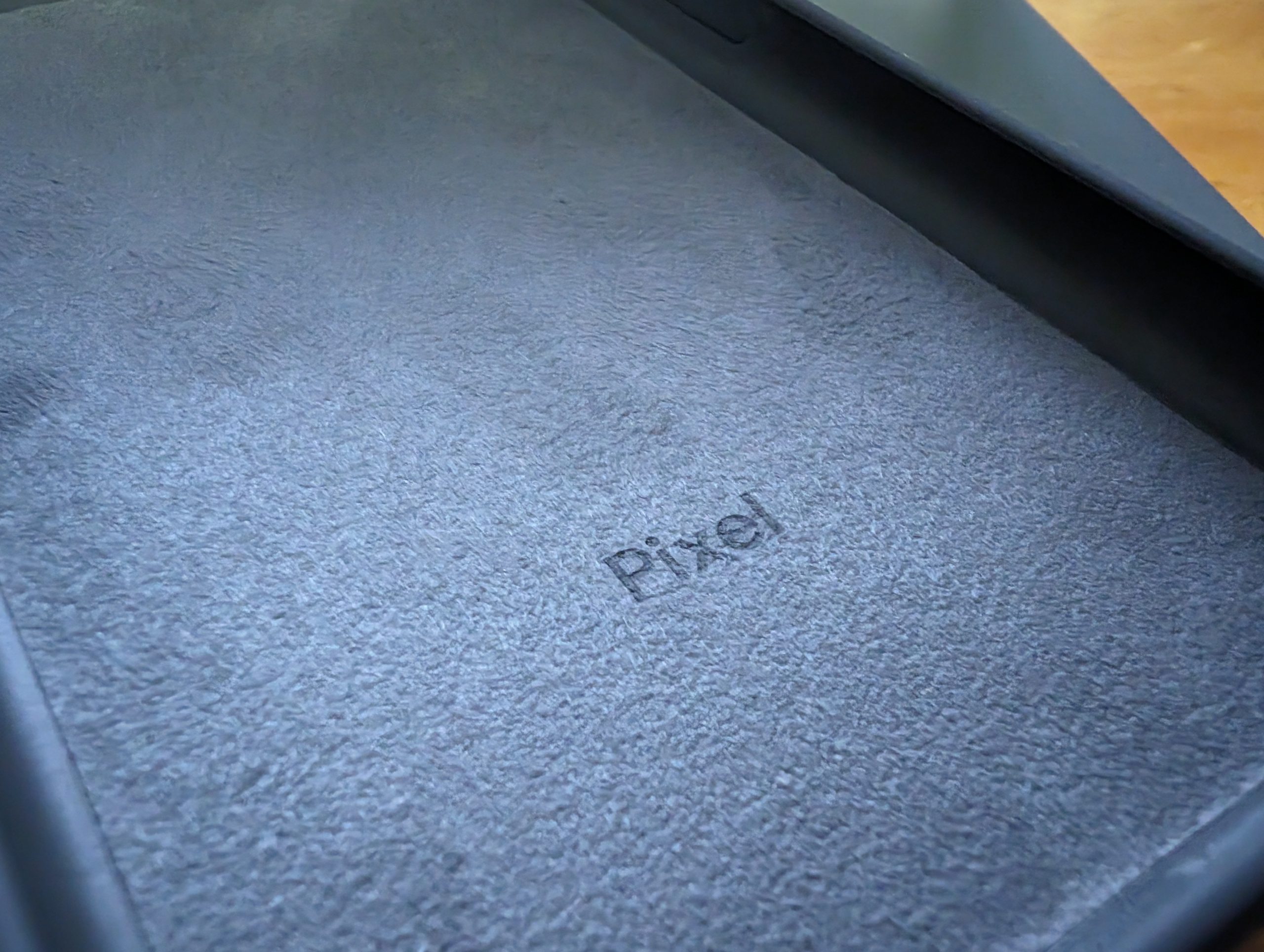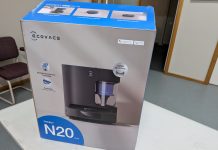So, the Pixel 8a last week and we’ve been lucky enough to have one for a couple of weeks now and wanted to share our initial thoughts on the device.
Unboxing and setup
The honest truth is there’s nothing remarkable about unboxing the device. You get what you pay for and what you expect from a Google Pixel device. When you open the box, you’re immediately faced with the device, and under that, the simple presentation of a USB-C to USB-C and a USB-A to USB-C converter.
You’ll also have a small box with some paperwork in it and a SIM key to transfer your SIM from your current device to the new one, which is when you can start the setup.
At the start of last year, I wrote about the migration process from Android to iPhone and, subsequently, the iPhone to iPhone migration process, noting how easy and complete the latter process was. Well, after significant improvements with each generation of Pixel and other tweaks to the process, migrating from Pixel to Pixel is as good, if not better than the iPhone process.
It was as simple as turning on the Pixel 8a, telling my 8 Pro and 8a that I wanted to migrate data and following the bouncing ball. All of the apps (that I selected at least) transferred over and, a large proportion of the logins were transferred; leaving me to only log into a few apps. Unsurprisingly, the apps that didn’t transfer login and password credentials were some of the higher security need apps like my 2FA app, and my password manager.
Design, specs and features
The Pixel 8a continues the look that Google introduced with the Pixel 6, and at a glance, there’s little to differentiate between the Pixel 7a and 8a; which is probably why none of my colleagues were any the wiser that I was carrying an unannounced device.
There’s a bit more to this, though, with Google noting that the Pixel 8a is the most durable Pixel device yet. That’s a combination of design, material choices and, of course, general technology advancements. Specifically, there’s a stronger and lighter chassis in place and Google has moved with the times to ensure the latest materials are in use.
The specs that matter for the Pixel 8a include:
- Google Tensor G3 Processor – The same as is in the Pixel 8 and Pixel 8 Pro
- 128GB storage –
- 8GB RAM
- Supports Wireless charging up to 15W as well as wired charging
- Android 14 out of the box
- 120Hz refresh screen
There’s a bit of a downgrade on the camera if you’re choosing the 8a over, particularly, the Pixel 8 Pro. You’ll lose the third lens and you also lose some of the “Pro” features within the software. If you’re buying a phone for the camera, you’re probably going to be spending a lot more than this on your phone, so I’d argue that’s not really going to be a deal breaker.
What you’ll get from the camera includes the — now typical — quality of images, and onboard processing for photos that Google has provided for a few years now. The colour processing is vibrant, without (usually at least) being over saturated and the depth of lighting is among the best in the mobile photography game.
General performance
It shouldn’t be a surprise that Google’s chip, with a reasonable amount of RAM running Google’s own software, runs smoothly, so I won’t labour the point. Even little things like hitting the shutter button on the camera are very quick to respond, and the 120Hz screen makes the whole experience smoother and easier on the eyes.
I’m happy to report that my testing has resulted in close to a full day of battery life on heavy use days, but that still leaves me a little disappointed that the device can’t see me through a full day without fail.
So far, so good… It’s looking like the Pixel 8a is a decent performer and has given me a very good first impression. While I have a preference to larger screens to aid with productivity (OK, I have bad eyesight and can’t see really small screens easily) I don’t feel like I’ve lost much be moving to the 8a at this stage.
As noted in our release article, the device is now available for pre-order through the Google Store and online retailers with devices expected to be on-shelf on the 14th of May.
The device has only been with us for 14 days at the time of publishing this first impressions post. A full review is due in a couple of weeks, and some thoughts on the device may change in that time after a longer term experience with the device.

